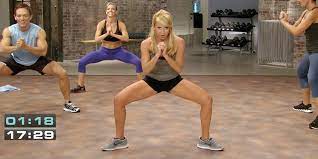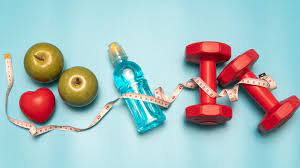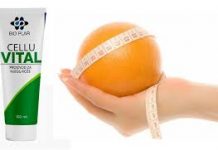Does this apply to both men and women?
“Of course. But the condition of a woman is much more complicated, if we take into account that she regularly experiences real hormonal storms, those of the menstrual cycle. So how to regulate physical activity according to the body and the subsequent hormonal changes?
“The thing that should be regulated is lifestyle in general, where psychological, environmental and physical stressors affect our well-being and subsequently our hormones. In conditions where it has become a privilege to eat at home for lunch, where you sleep 4 hours a night, where there is little time for the inner self and where you never really let go, there is no choice but to see it first. all.
 Hormonal balance, if not in cases of dysfunction (where it is necessary to contact a specialist), will balance itself:
Hormonal balance, if not in cases of dysfunction (where it is necessary to contact a specialist), will balance itself:
1) after adequate physical activity recommended by trainers who calibrate the schedule well with reserve and periodization;
2) following a balanced and healthy diet, well set up by a nutritionist who focuses on the quality of every food you eat, educates you in the science of nutrition and a healthy lifestyle;
3) be outdoors as much as possible, in the sun, walk, read, release creativity, listen to music;
4) good rest (sleep respecting circadian cycles is essential);
5) cultivate healthy social relationships and make time for yourself;
6) not to get depressed, but to accept and ask questions like “How can I improve?”;
7) to be inspired and not to take what we have for granted”.
So how is hormonal exercise structured?
“As I said before, a 360° multi-integrated approach is needed, in which we help those who do not exercise competitively by taking care of the whole wellness and fitness program and taking into account two main aspects: after what time to train and how to .These aspects are, in my opinion, more important than technical details such as speed of movement during exercise affecting testosterone production or volume of work affecting the response of growth hormone production”.
 What benefits does it offer to the body and mood?
What benefits does it offer to the body and mood?
“During training, so-called happiness hormones (dopamine, serotonin, endorphins) are formed in our body, which contribute to our feeling of well-being and joy. They contribute to a positive perception of oneself, to greater self-confidence and to an increase in energy and enthusiasm. So already in childhood and adolescence, physical activity is of fundamental importance for physical and educational well-being. And you have to constantly cherish it throughout your life.”
How to set training according to the phases of the menstrual cycle?
“There is a method called POM that is useful for using women’s resources and abilities with a different type of training in all phases of the menstrual cycle, listening to your body and not overdoing it. The method is very comprehensive and provides multiple training units for each phase of the cycle.
Therefore, to simplify as much as possible: in the postmenstrual phase, where the condition is generally optimal and the strength is good, it would be more appropriate to perform circuits; in the ovulation phase, when progesterone increases, it would be more appropriate to perform anaerobic training; in the menstrual phase, due to psychophysical fatigue, low-intensity aerobic training, stretching and yoga would be better.



